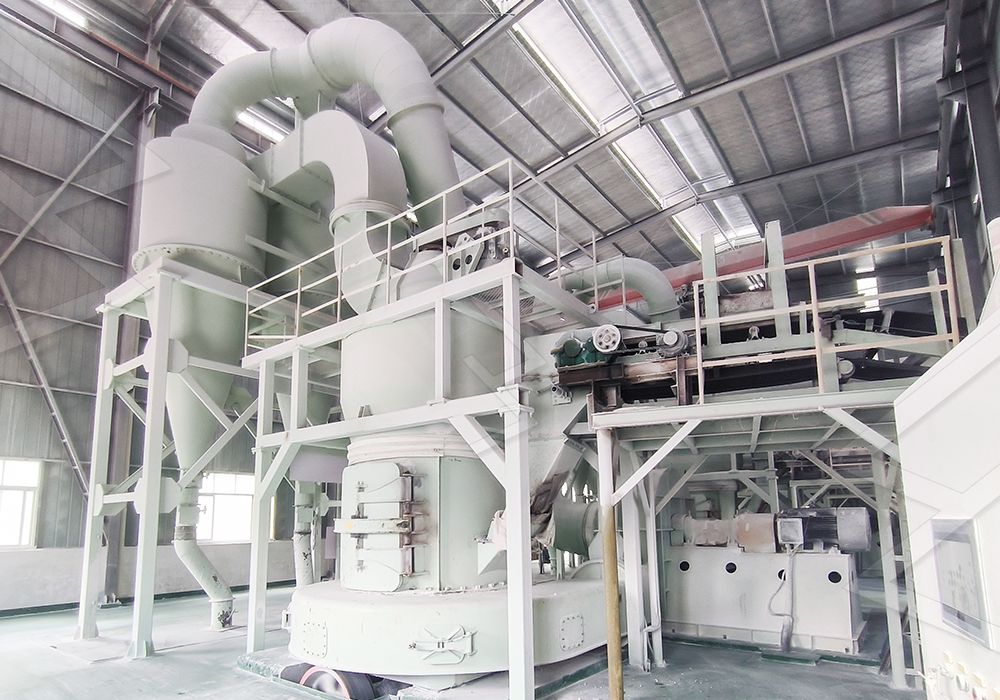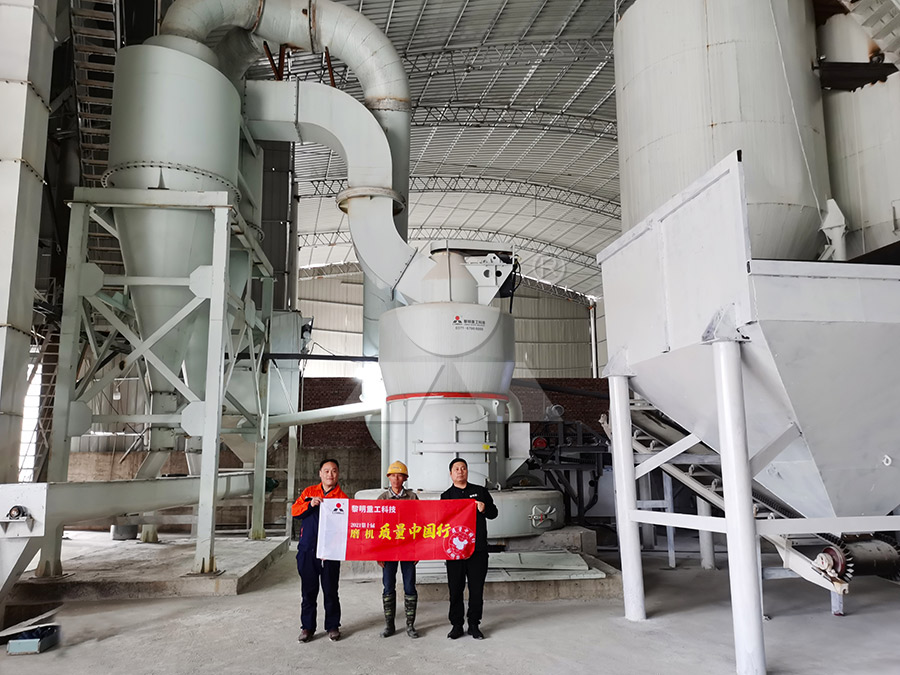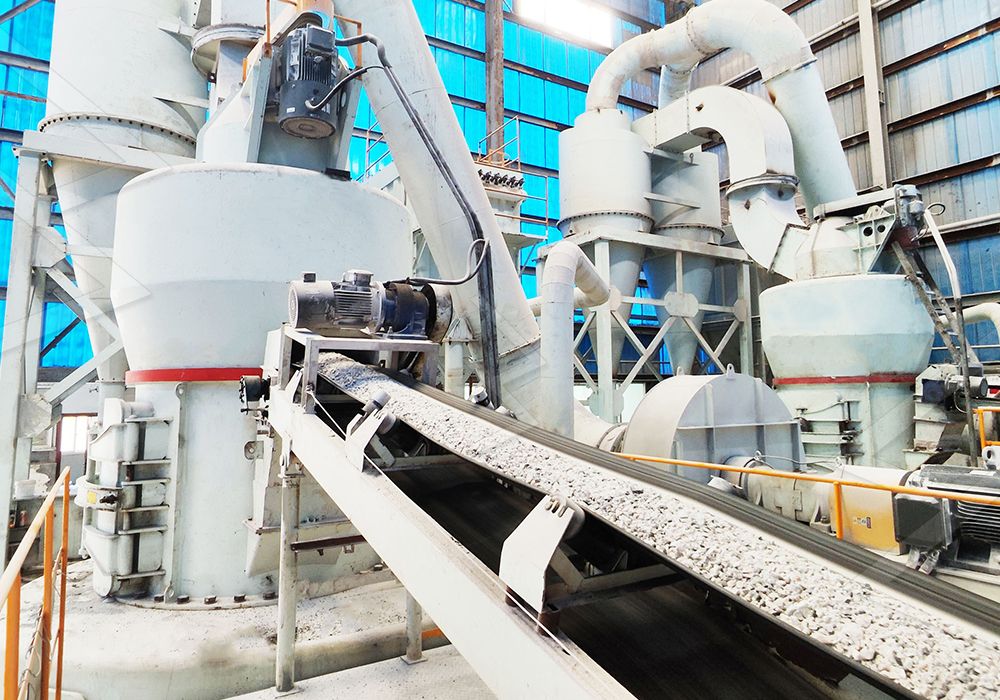3R3220 Raymond Mill: Technical Specifications and Industrial Applications
Understanding the 3R3220 Raymond Mill: A Workhorse of Industrial Grinding
For decades, the Raymond Mill name has been synonymous with reliable and efficient powder processing in various industrial sectors. The 3R3220 model, in particular, stands as a testament to this legacy, offering a robust solution for medium-fine grinding operations. This machine is engineered to handle a wide array of non-metallic minerals with a Mohs hardness of less than 7 and humidity below 6%, making it a versatile asset in many production lines.

Core Technical Specifications
The 3R3220 designation provides key insights into its construction: ‘3R’ indicates the mill is equipped with three grinding rollers, while ‘3220’ refers to the diameter and height of the grinding ring (320mm diameter, 200mm height). This configuration delivers a balanced combination of grinding force and processing area. With a maximum feed size of 25mm and a capacity range of 0.6 to 5 tons per hour, it is perfectly suited for small to medium-scale production requirements. The final product fineness can be adjusted between 80 to 425 mesh, catering to a broad spectrum of application needs.
Industrial Applications and Use Cases
The true value of the 3R3220 Raymond Mill is revealed in its diverse application portfolio. It is extensively used for processing materials such as limestone, calcite, barite, dolomite, potassium feldspar, talc, and marble. Industries ranging from mining and metallurgy to chemicals and construction rely on its consistent performance. In power plant desulfurization systems, for instance, it is instrumental in grinding limestone into the fine powder required for the flue gas desulfurization process. Similarly, in the paint and coating industry, it provides the consistently fine fillers necessary for high-quality product formulations.

Evolution in Grinding Technology
While the 3R3220 Raymond Mill remains a capable and cost-effective solution, technological advancements have paved the way for even more efficient systems. For operations demanding higher capacity or ultra-fine powders beyond 400 mesh, modern mills offer significant improvements in energy consumption and automation.
For clients seeking to upgrade their grinding process, our MW Ultrafine Grinding Mill presents a compelling alternative. Designed for customers who need to make ultra-fine powder, this machine achieves a remarkable fineness range from 325 to 2500 meshes. It features a newly designed grinding curve that enhances efficiency, resulting in a production capacity 40% higher than jet mills and twice that of ball mills, while simultaneously reducing system energy consumption by 30%. Its innovative cage-type powder selector, based on German technology, ensures precise powder separation, and the absence of rolling bearings and screws in the grinding chamber eliminates common failure points, ensuring worry-free, 24/7 operation.
Another excellent option for high-precision grinding is the LUM Ultrafine Vertical Grinding Mill. Independently designed with the latest Taiwanese grinding roller and German powder separating technology, the LUM mill integrates grinding, grading, and transporting into a single, highly efficient unit. Its unique roller shell and lining plate grinding curve are engineered to generate a stable material layer, enabling a high rate of finished product in a single pass. This design not only boosts efficiency but also enhances the whiteness and cleanliness of the final powder, which is critical for applications in plastics, paints, and advanced ceramics.

Conclusion
The 3R3220 Raymond Mill continues to be a reliable and economical choice for many standard grinding applications. Its straightforward design and proven performance make it a solid investment. However, for operations targeting higher efficiency, superior product quality, or ultra-fine powders, exploring advanced solutions like the MW and LUM series can unlock new levels of productivity and cost savings. We recommend a thorough analysis of your specific material characteristics, target fineness, and production goals to select the ideal milling partner for your business.
Frequently Asked Questions (FAQ)
What is the primary advantage of the 3R3220 Raymond Mill?
Its main advantage is its proven reliability and lower initial investment cost for achieving medium-fine powders (80-425 mesh) in small to medium-scale production.
Can the 3R3220 handle hard and abrasive materials?
It is best suited for materials with a Mohs hardness of less than 7. For harder or more abrasive substances, mills with more wear-resistant designs or different grinding principles are recommended.
How does the MW Ultrafine Grinding Mill differ from the 3R3220?
The MW Mill is designed for producing much finer powders (up to 2500 mesh) with significantly higher energy efficiency and a unique design that eliminates internal bearings and screws, reducing maintenance needs.
When should I consider the LUM Ultrafine Vertical Grinding Mill?
The LUM Mill is an ideal choice when your process requires high-precision, ultra-fine powders with excellent whiteness and cleanliness, and you value an integrated system that combines grinding and classifying.
Is the 3R3220 an environmentally friendly option?
Yes, especially when configured with an efficient pulse dust collector and muffler, it can operate with minimal dust and noise pollution, complying with national environmental standards.
